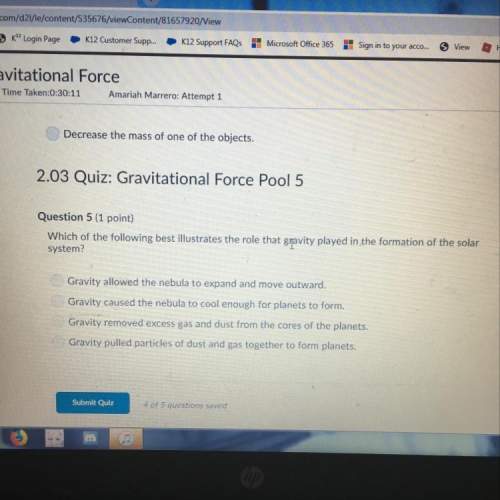
Chemistry, 10.12.2019 02:31 brandyleemom3
Be sure to answer all parts. δh o f of hydrogen chloride [hcl(g)] is −92.3 kj/mol. given the following data, determine the identity of the two missing products and calculate the δh o rxn for equation 3. [hint: start by writing the chemical equation that corresponds to δh o f for hcl(g).] n2(g) + 4h2(g) + cl2(g) → 2nh4cl(s) δh o rxn = −630.78 kj/mol (1) n2(g) + 3h2(g) → 2nh3(g) δh o rxn = −296.4 kj/mol (2) nh4cl(s) → (include states of matter.) δh o rxn = kj/mol

Answers: 1
Another question on Chemistry


Chemistry, 22.06.2019 02:30
If a 12-v battery is connected to a circuit that has a current of 3.0 a, what is the total resistance in the circuit? 36 ohms 4 ohms 0.25 ohms
Answers: 1

Chemistry, 22.06.2019 10:10
What shape would a molecule with two bound groups and two lone pairs have?
Answers: 1

Chemistry, 22.06.2019 19:30
Chlorine and water react to form hydrogen chloride and oxygen, like this: 2cl2 (g) + 2h2o (g) → 4hcl (g) + o2 (g) also, a chemist finds that at a certain temperature the equilibrium mixture of chlorine, water, hydrogen chloride, and oxygen has the following composition: compound concentration at equilibrium cl2 0.55m h2o 0.57m hcl 0.53m o2 0.34m calculate the value of the equilibrium constant kc for this reaction. round your answer to 2 significant digits.
Answers: 2
You know the right answer?
Be sure to answer all parts. δh o f of hydrogen chloride [hcl(g)] is −92.3 kj/mol. given the followi...
Questions



Mathematics, 27.06.2019 05:30

English, 27.06.2019 05:30








English, 27.06.2019 05:30




Social Studies, 27.06.2019 05:30







